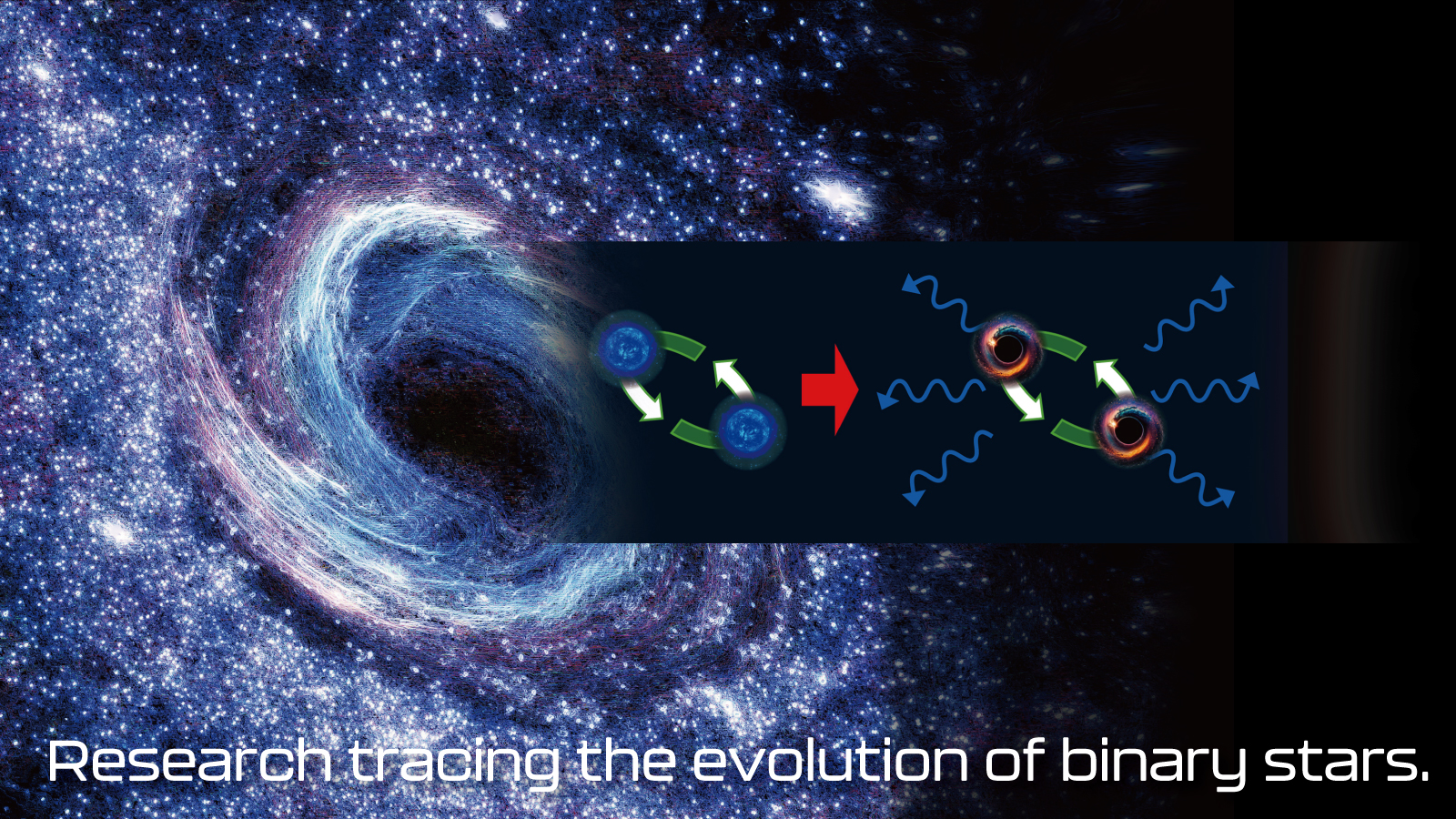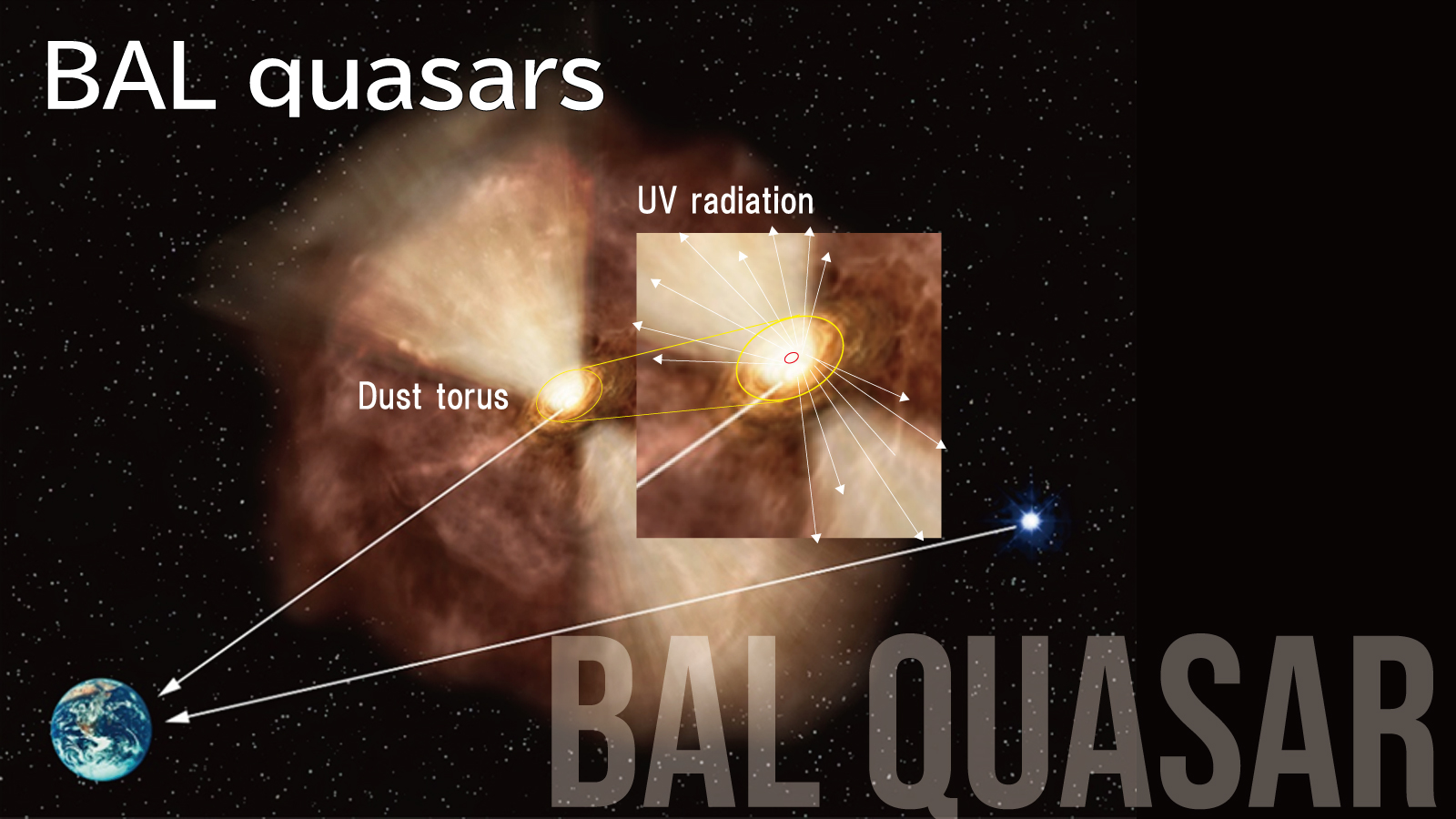Natural Sciences, Social Sciences, and Humanities
Release date:April 24, 2025 11:21 AM
Faculty of EngineeringImpact of binary interactions on the evolution of supernova progenitors

A research team led by Associate Professor Tomoya Kinugawa of the Institute of Engineering conducted the world’s first systematic study of the impact of interactions in binary star systems on the evolution of supernova progenitors (*1). Supernova progenitors in binary star systems (*2) were classified as undergoing six types of supernova explosions (*4) as a result of binary star evolution (*3). The incidence of each type of supernova explosions was estimated. Supernovae in binary star systems have a major impact on other astronomical phenomena. Thus, the findings of this study are expected to contribute to unraveling the mysteries of the universe.
Supernova progenitors have not been systematically studied
Several of the astronomical phenomena in our universe that are yet to be explained are deeply related to “binary star systems.” Binary stars are “twin stars” that evolve by influencing each other, including exchanging mass. This phenomenon, known as “binary star evolution,” is closely related to phenomena that are important for understanding the beginning and evolution of the universe, such as supernova explosions and gravitational wave radiation. Therefore, gaining an understanding of the effect of binary star systems on stellar evolution plays an important role in unraveling the mysteries of the universe.
No systematic research into binary star systems, defined as “supernova progenitors” that are extremely massive and ultimately undergo a supernova (e.g., white dwarfs and red supergiants) has been conducted thus far.
Reproducing the evolution of supernova progenitors on a computer
Associate Professor Kinugawa and his team conducted the world's first systematic investigation into the impact of the interactions in binary star systems on the evolution of supernova progenitors.
They simulated and reproduced the evolutionary process of a supernova progenitor in a binary star system on a computer and identified the types of supernova explosions that will occur at the end of this evolution. These supernova explosions were categorized it into six types, such as Type Ibc supernova (the explosion of a star that has lost its hydrogen envelope) and Type II supernova (the explosion of a star with a hydrogen envelope). In addition, the incidence of each type of supernova was also estimated.
These results were consistent with those of existing observational studies.
Unravelling the mysteries of the universe through research into the first stars
The effect of binary star systems on the evolution of stars in supernova progenitors has not been systematically studied thus far. Therefore, the findings of this study may be a major step toward clarifying the impact of binary star systems on the evolution of stars. Supernovae also have a major impact on other astronomical phenomena. Thus, gaining an understanding of supernovae could potentially contribute to unraveling the mysteries of the universe.
Associate Professor Kinugawa and his team are proceeding to the next step: attempting to clarify the influence of binary star systems on the evolution of the “first stars” born in the early universe and supernova explosions of low-metallicity stars. The further back in time we go, the closer we are to unlocking the mystery of the early universe. Thus, the findings of this study are likely to attract a lot of attention.
Points
Systematic research into the binary evolution of “supernova progenitors” was conducted by Associate Professor Kinugawa and his team
Binary supernova systems were categorized into six types, and the incidence rate of each type was estimated
This study may be a big step towards understanding binary star evolution and unravelling the mysteries of the universe
Keywords
- *1 Supernova progenitor
A celestial object in the stage before it explodes as a supernova.
- *2 Binary star system
A celestial system (a group of celestial bodies bound by gravity) wherein two stars are attracted to each other by their gravitational force and orbit a common center of gravity.
- *3 Binary star evolution
Stars in a binary star system evolve by influencing each other, including exchanging material.
- *4 Supernova
An extremely bright explosion that occurs when a star reaches the end of its life. It plays an important role in the evolution of the universe.
Paper
Journal:Monthly Notices of the Royal Astronomical Society(532(4), 3926–3946, 2024)
Title:Fate of supernova progenitors in massive binary systems
Author:Tomoya Kinugawa, Shunsaku Horiuchi, Tomoya Takiwaki, Kei Kotake
https://academic.oup.com/mnras/article/532/4/3926/7713042?login=true
Related Topics
Related Topics
-

Faculty of Science
Creating species diversity: Analyzing the genes of organisms present in the harsh environments of alpine zones
-

Faculty of Engineering
Impact of binary interactions on the evolution of supernova progenitors
-

Center for General Education
"Dust torus" influences ionization bias in the gas around quasars, providing clues to understanding the formation of stars
-

Faculty of Economics and Law
Discrepancies between risk attitudes and prevention behavior: examination of human decision-making through an economic experiment
-

Faculty of Science
Development of analytical technology for the safe and easy detection of controlled drug toxicants
